
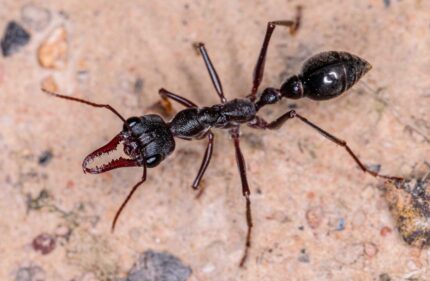
Myrmecia pilosula
$626.04
Worldwide shipping
Free delivery over 999 PLN
The highest quality of goods
Live delivery guarantee
24/7 Personal Support
Fair Prices
Description
Myrmecia pilosula is a ant species that has a monogyny colony type and can have several hundred workers. The ants are dark red in color with a black belly and sickle-shaped jaws. They feed on food insects, fruit, and syrup, and require a humidity level of 30-50%. Development rate is medium.
Additional information
| Behavior | |
|---|---|
| Difficulty in breeding | |
| Origin | |
| The size of ants | |
| Wintering |
Myrmecia pilosula – Bullet Ant
Colony Type: Monogyny
Colony Size: Up to 1000 workers
Development Speed: slow
Size
- Queen: 14-16 mm
- Workers: 12-14 mm
These ants have a striking appearance with a dark red color and a black belly. Their most notable feature is their strong, sickle-shaped jaws, which they use for various tasks.
Nutrition
- Food insects (such as cockroaches and crickets) dead, or live if colony is big
- Syrup (a mixture of water and honey or sugar, with a ratio of 3 water:1)
- Fruits and vegetables
- Jelly
- Cooked chicken without salt, shrimps
- Honey
Don’t forget to check out our food products to ensure a well-balanced diet for your colony!
Humidity and Temperature
- Humidity: Arena: 30-60%, Nest: 50-70%
- Temperature: Arena: 21-30 °C, Nest: 22-26 °C
Special Species Features
The Myrmecia pilosula ants are special in many ways. They possess a potent sting, enabling them to defend themselves and their colony effectively. In addition to their stinging ability, they have exceptional eyesight, allowing them to navigate their surroundings with precision. Another remarkable feature of these ants is their impressive jumping capabilities. These unique attributes make them one of the most captivating Myrmecia species found along the Australian east coast.
Recommended Nests for breeding
- Acrylic nests
- Ytong nests
- Gypsum


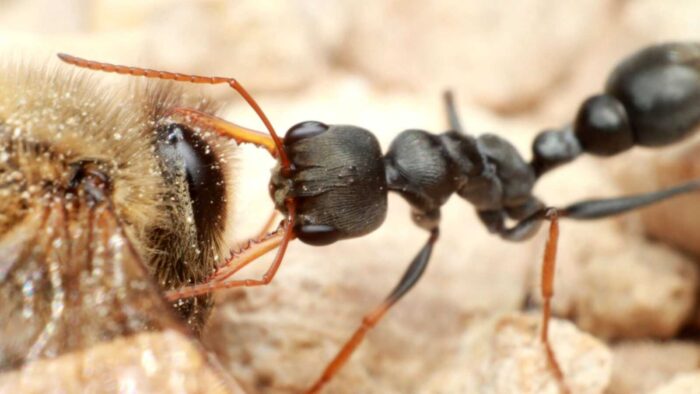
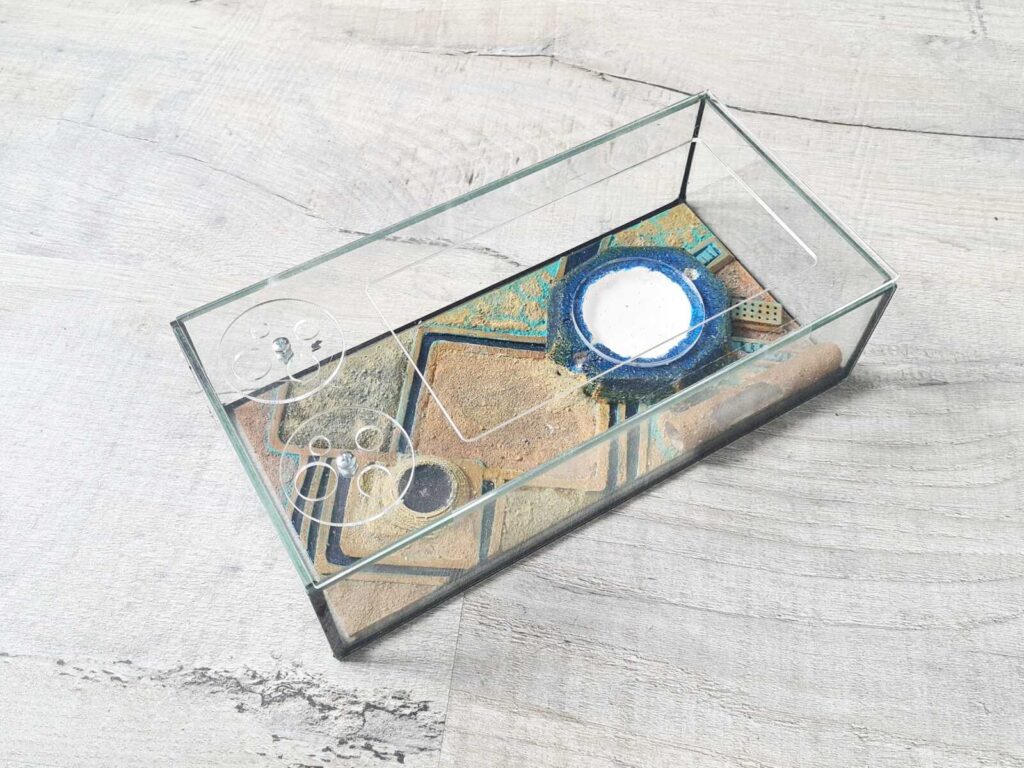

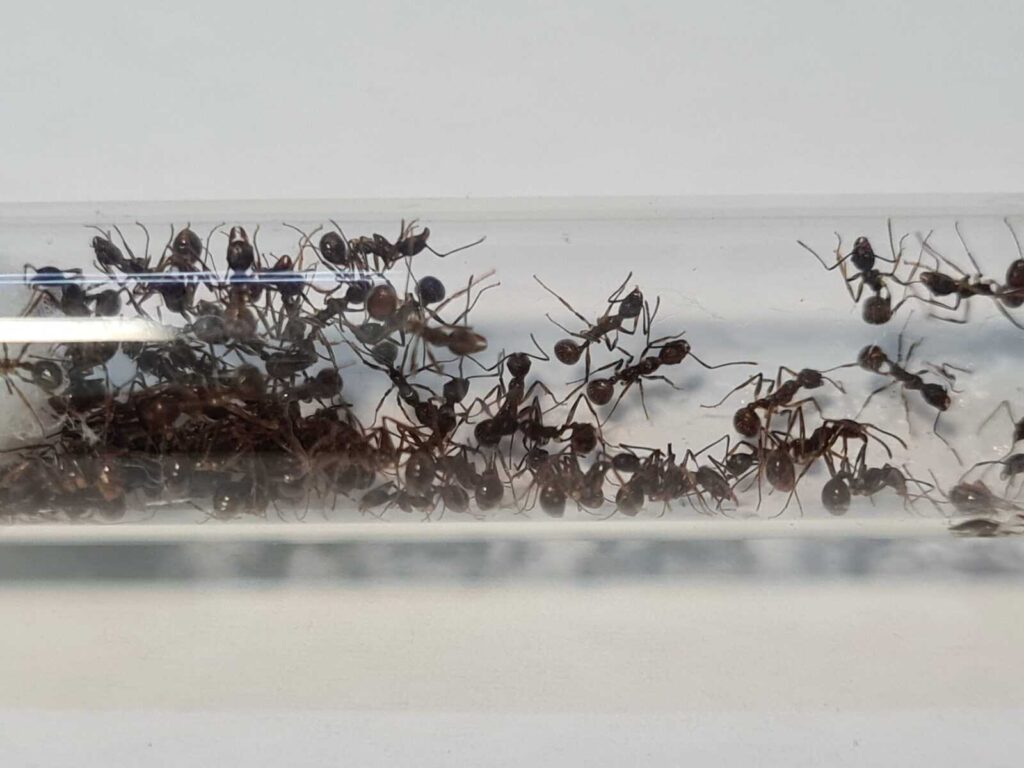

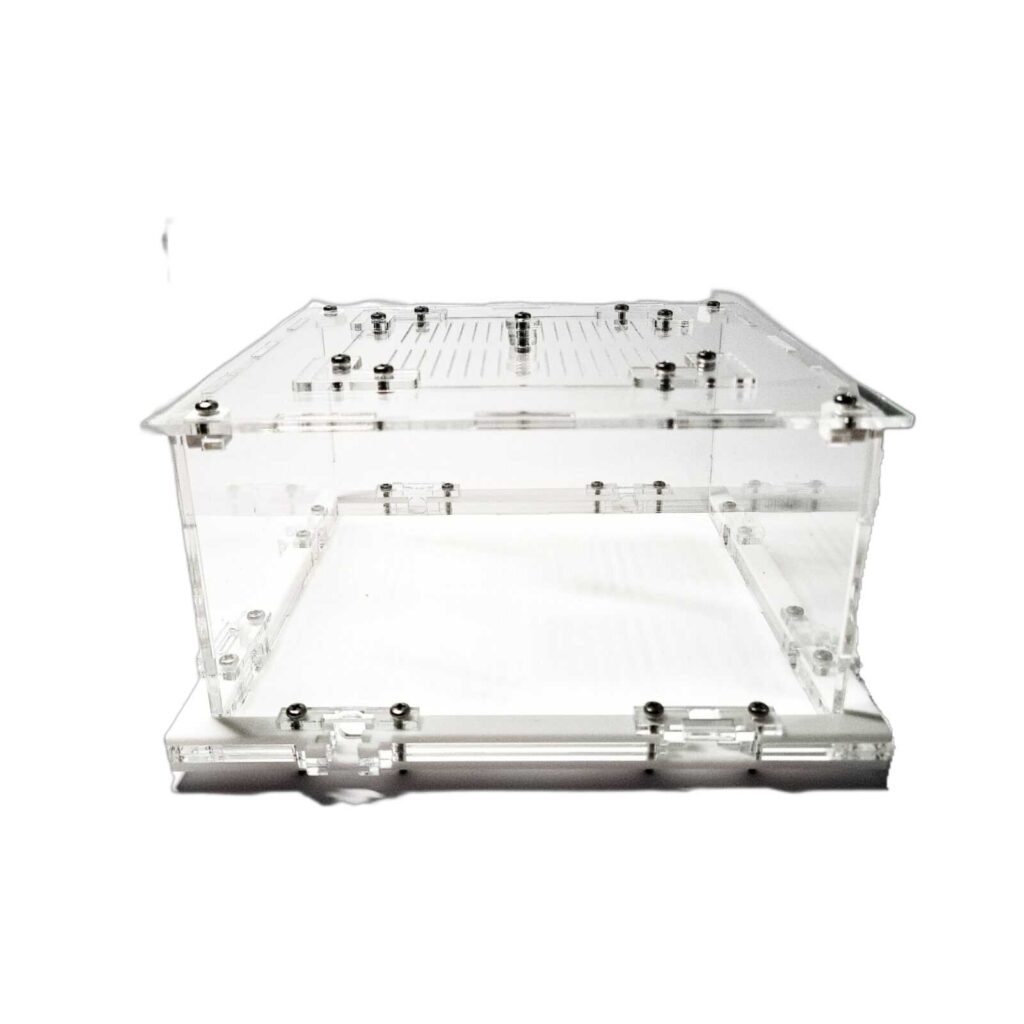

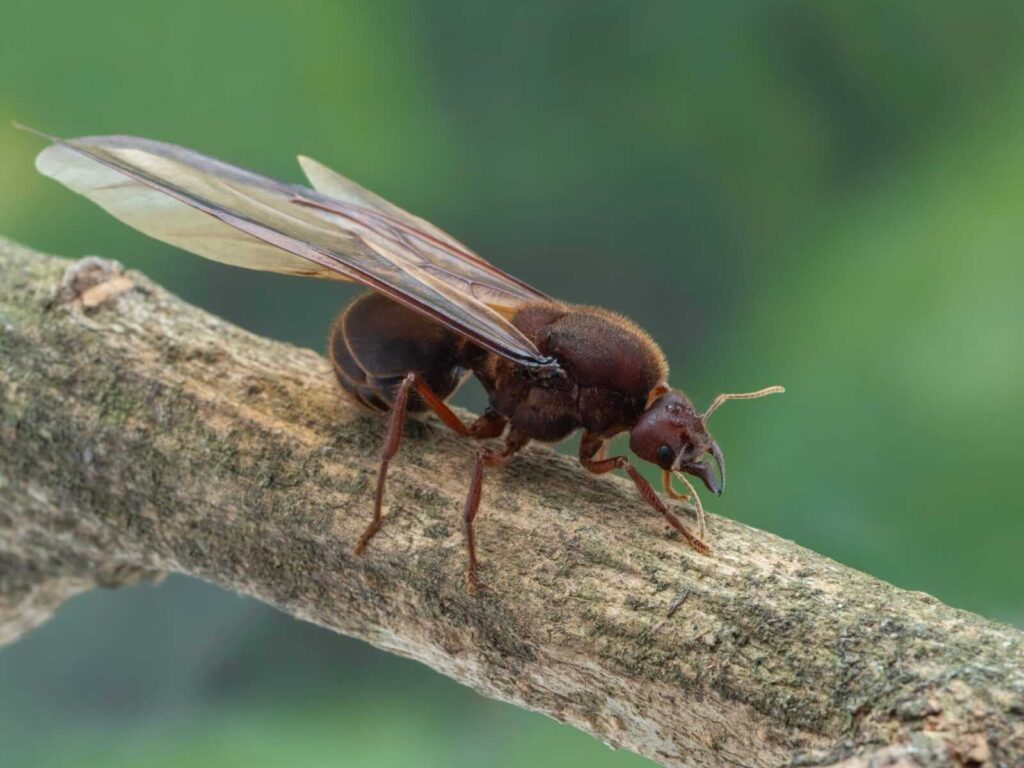
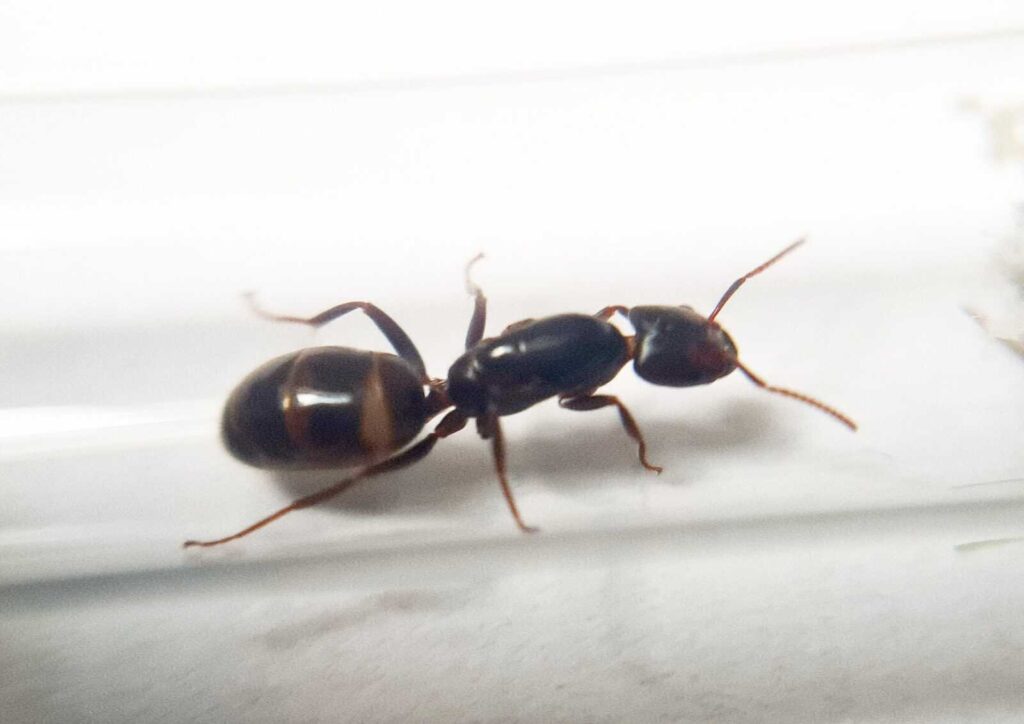
Reviews
Clear filtersThere are no reviews yet.